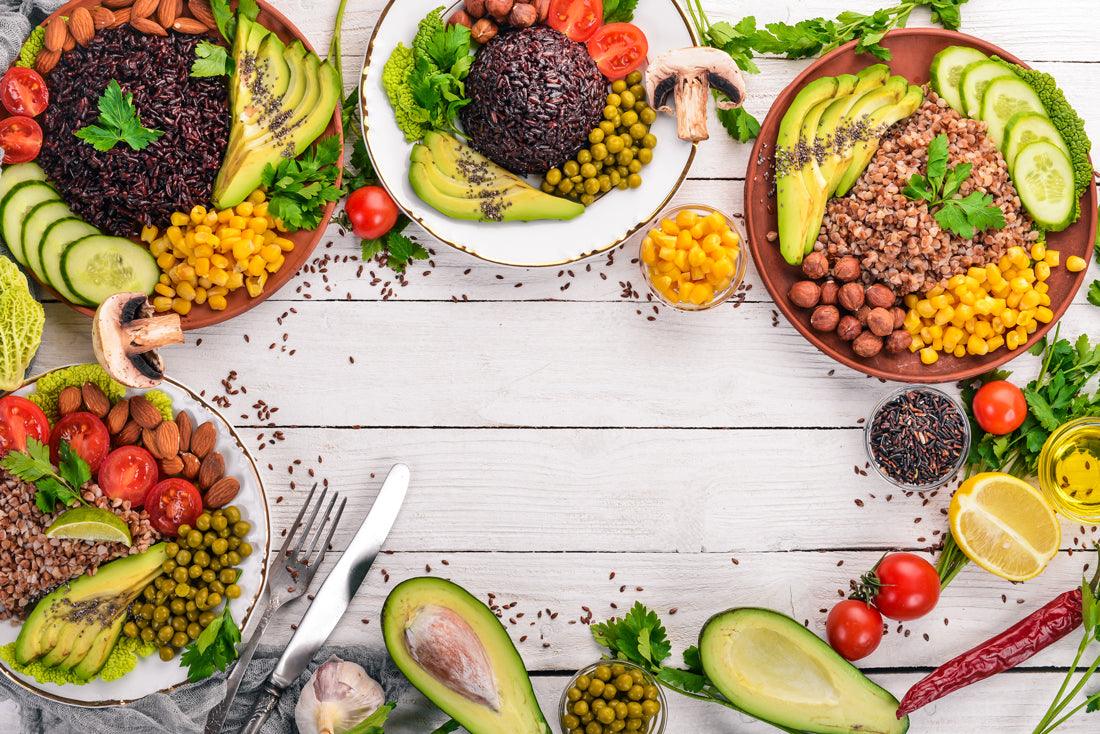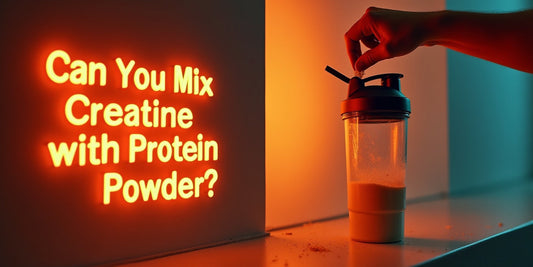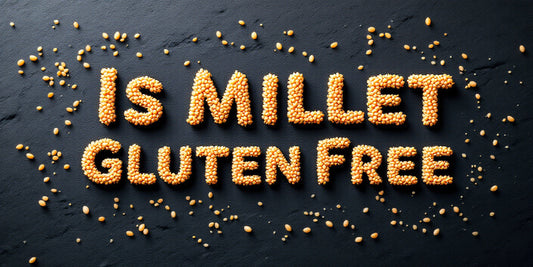

6 Top Appetite Suppressing Foods
Table of Contents

4.) Lentils
Beans, peas, lentils, and chickpeas are a triple threat against hunger because they contain a lot of fiber; are excellent sources of slow-to-digest protein; and have a low glycemic index to keep blood sugar and carbohydrate cravings in check. A recent meta-analysis published in the journal Obesity indicates that people who ate about one cup (5.5 ounces) of legumes felt 31 percent fuller than those who didn’t eat these fiber-filled foods. Another study, published recently in the Journal of Human Nutrition and Dietetics, reports that overweight people who ate a bean-rich diet lost nearly 10 pounds in 16 weeks while simultaneously improving their blood cholesterol levels.
5.) Almonds

New research has found that those who snack on almonds in the morning are less likely to overeat at later meals. In a small study, published in the European Journal of Nutrition, UK researchers tracked the calorie intakes of 32 healthy women and found that those who ate 42g ( 1.5 oz) of almonds as a snack took in significantly fewer calories at lunch and dinner. As well as monitoring the energy intake over the course of the day, the study also evaluated the participants on their subjective appetite ratings using a visual analogue scale. By asking questions about their feelings of hunger, sensation of being full and desire to eat, the researchers were able to assess the satiation effect of almonds. Satiation is described as the inter meal inhibition of hunger from consuming food, with foods that are low in energy density and high in protein and fibre having significant satiation effects. The participants consumed breakfasts of similar calorific content, a mid-morning snack of either 0.0 g, 28.0 g or 42.0 g of almonds and then subsequent meals after were a free choice. The results of the appetite ratings showed that after the mid-morning snack of almonds the subjects had a lower level of hunger and felt fuller for longer. What is more, the higher intake of almonds did not cause an overall increase in energy consumption during the course of the day, since subsequent meals after the mid-morning snack being lower in their calorific content.

6.) Quinoa
Researchers suggest that adding quinoa or buckwheat to gluten-free products significantly increases their polyphenol content, as compared to typical gluten-free products made with rice, corn, and potato flour. Products made with quinoa or buckwheat contained more antioxidants compared with both wheat products and the control gluten-free products. Anne Lee and colleagues at Columbia University’s Celiac Disease Center found that the nutritional profile of gluten-free diets was improved by adding oats or quinoa to meals and snacks. Most notable increases were protein (20.6g vs 11g) iron (18.4mg vs 1.4mg, calcium (182mg vs 0mg) and fiber (12.7g vs 5g) (Journal of Human Nutrition and Dietetics, August 2009; 22(4):359-63. Epub 2009 Jun 10.) A University of Milan study compared buckwheat, oats, and, quinoa to see if any of them showed promise in helping with appetite control. In three experiments – one for each grain – subjects’ satisfaction and subsequent calorie consumption were compared, after eating the study grain and after eating wheat or rice. All three study grains had a higher Satiating Efficiency Index (SEI) than wheat or rice; white bread was in fact lowest in appetite satisfaction. Unfortunately, even after feeling fuller from eating the study grains, the subjects did not cut their calories at the next meal! (British Journal of Nutrition, November 2005; 94 (5):850-8.)



















